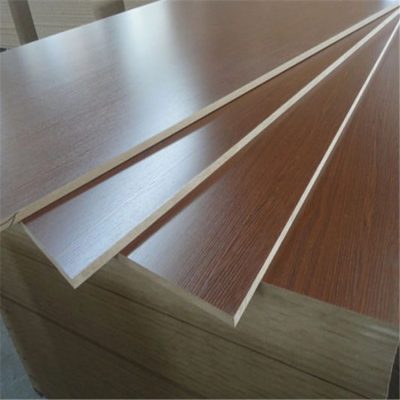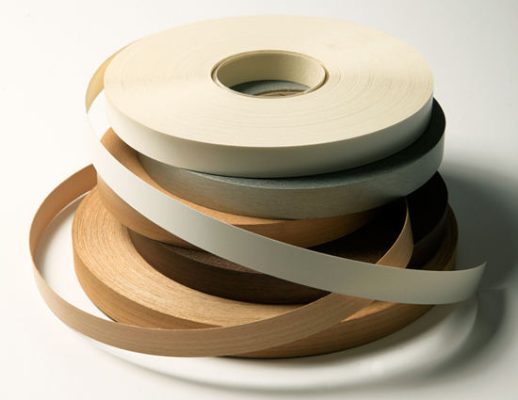Finishing plywood edges is essential to protect them from moisture, improve their appearance, and enhance their durability. Here are three common ways to finish plywood edges:

- Edge Banding:
- Description: Edge banding is a process of applying a strip of material (such as PVC, ABS, wood, or veneer) to the exposed edges of plywood. This strip is often pre-finished and can be matched to the plywood’s color or style.
- Process: Edge banding is applied using adhesive. Once the banding is in place, excess material is trimmed, and the edge is sanded to create a smooth and seamless finish.
- Advantages: Edge banding provides a clean, finished appearance, enhances durability, and offers design flexibility with various material options.
- Wood Veneer:
- Description: Wood veneer is a thin layer of real wood that can be applied to plywood edges for a natural wood finish. It is available in various wood species and grain patterns.
- Process: Apply a layer of wood veneer to the plywood edge using adhesive. After it’s in place, trim the excess veneer and sand it smooth. Wood veneer can be stained or finished to match the plywood’s appearance.
- Advantages: Wood veneer provides an authentic wood appearance and can be customized in terms of stain or finish. It’s an excellent choice for projects where a natural wood look is desired.
- Wood Filler and Sanding:
- Description: Wood filler or wood putty can be used to fill any voids, imperfections, or open grain on the plywood edges. Once dry, the filler is sanded smooth to create a seamless and uniform surface.
- Process: Apply wood filler to the edges, filling gaps and voids. After it dries, sand the edges to create a smooth, finished appearance.
- Advantages: Wood filler is a budget-friendly option that can provide a smooth surface on plywood edges. It’s a practical choice for utility projects where appearance is less critical.

Each of these methods has its advantages and is suitable for different applications. Edge banding is ideal for achieving a clean and polished look, wood veneer provides a natural wood finish, and wood filler and sanding offer a cost-effective way to create a smooth surface. Your choice should depend on the project’s requirements, your budget, and your desired aesthetic outcome.
